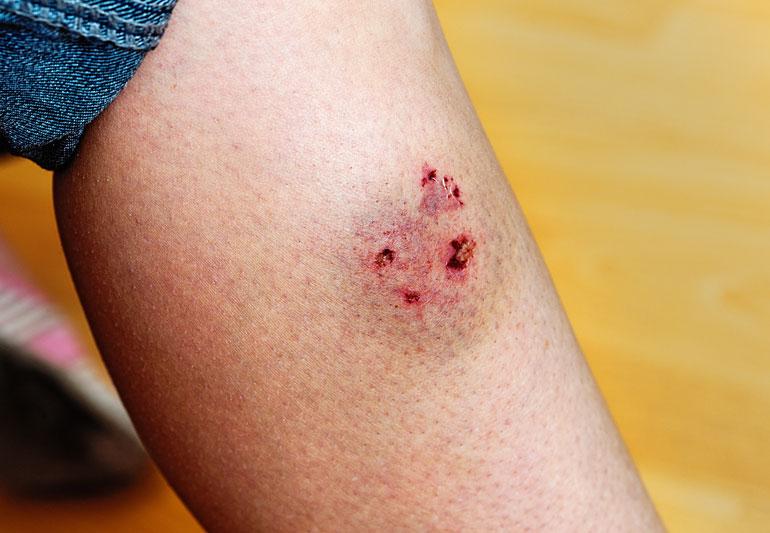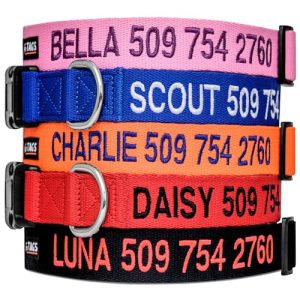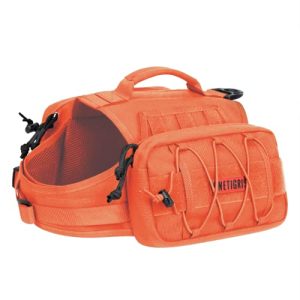Have you ever wondered what a dog bite infection looks like? If you or someone you know has been bitten by a dog, it’s important to recognize the signs early.
Ignoring an infection can lead to serious health problems, but spotting it isn’t always easy. You’ll learn exactly what to watch for, so you can act quickly and protect yourself. Keep reading to find out how to identify a dog bite infection before it gets worse.
Common Symptoms
Recognizing the common symptoms of a dog bite infection is crucial for timely treatment. These signs often appear soon after the bite and can worsen if ignored. Knowing what to look for helps you act quickly and avoid complications.
Redness And Swelling
One of the first signs of infection is redness around the bite area. The skin may also swell noticeably, making the wound look larger than it is. Have you ever noticed how a small scratch can suddenly become red and puffy? That’s your body’s reaction to bacteria invading the skin.
Pain And Tenderness
Pain is a clear signal that something isn’t right. The bite area may feel sore or tender to the touch, often intensifying over time. If you find the pain increasing or spreading beyond the initial wound, it could mean the infection is worsening.
Pus And Discharge
Infected dog bites often produce pus—a thick, yellow or green fluid that oozes from the wound. This discharge is a sign your body is fighting off bacteria but also indicates the infection needs medical attention. Have you seen a wound leaking pus? Ignoring this can lead to more serious health issues.
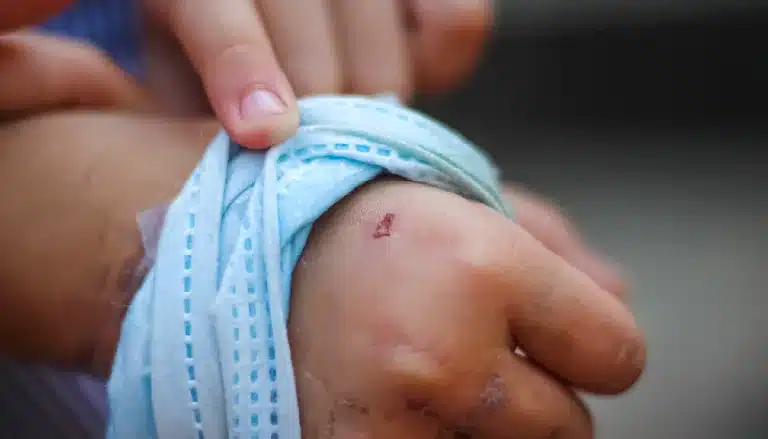
Credit: www.nethealth.com
Signs Of Severe Infection
Dog bites can lead to infections, and some signs might indicate severe problems. Recognizing these signs early helps in seeking timely medical attention. Below are the key indicators of a severe dog bite infection.
Fever And Chills
Fever can signal an infection in the body. If you experience chills along with fever, it suggests the infection might be spreading. It’s important to monitor these symptoms closely.
Spreading Redness
Watch for redness spreading around the bite area. If the redness grows larger over time, it might indicate a worsening infection. This could mean bacteria are spreading under the skin.
Swollen Lymph Nodes
Swollen lymph nodes can be a sign of infection. They might feel tender or painful to touch. This swelling shows your body is fighting an infection. It’s crucial to seek medical advice if you notice these signs.
Complications To Watch For
Dog bite infections can quickly worsen if not treated properly. Recognizing the complications early can save you from serious health issues. Keep an eye out for these signs and act promptly to protect yourself or your loved ones.
Cellulitis
Cellulitis is a common complication that causes redness, swelling, and warmth around the bite. It often feels tender and can spread rapidly, sometimes within hours. If you notice the skin becoming tight or shiny, or if the area starts to hurt more intensely, seek medical help right away.
Abscess Formation
An abscess is a painful, pus-filled lump that develops when bacteria get trapped under the skin. It may look like a swollen bump that feels soft or fluctuant to touch. Don’t try to squeeze it yourself—draining an abscess requires a healthcare professional to avoid further infection.
Sepsis Risk
Sepsis is a life-threatening reaction your body can have to an infected dog bite. Symptoms include fever, chills, rapid heartbeat, and confusion. If you or someone else shows signs of sepsis, such as difficulty breathing or extreme weakness, call emergency services immediately. Early treatment can be a lifesaver.

Credit: www.reddit.com
When To Seek Medical Help
Knowing when to seek medical help after a dog bite can make a huge difference in preventing serious infections. Not every bite needs a hospital visit, but some symptoms signal that professional care is necessary. Paying close attention to how your wound behaves over time helps you decide the right moment to act.
Persistent Symptoms
If redness, swelling, or pain around the bite does not improve after a few days, that’s a clear warning sign. Sometimes wounds may look like they’re healing but keep oozing or feel warm to the touch. You might wonder if that lingering discomfort is normal, but persistent symptoms often mean infection is taking hold.
Rapidly Worsening Signs
Watch for quick changes like spreading redness, increasing swelling, or intense pain that worsens within hours. If the area around the bite starts to feel hard or develops streaks of red moving up your limb, don’t wait. These signs can indicate the infection is spreading fast and needs immediate medical attention.
Systemic Symptoms
When a dog bite infection goes beyond the skin, your whole body can respond. Fever, chills, feeling weak, or swollen lymph nodes near the bite are red flags. If you experience any of these, it’s time to get professional help—your body is signaling that the infection is affecting more than just the wound itself.
Preventing Infection After A Bite
Preventing infection after a dog bite is very important. The wound can easily get infected if not cared for properly. Quick and proper action helps the body heal and stops harmful bacteria. Understanding the right steps can protect health and reduce pain.
Immediate Wound Care
Clean the bite area right away with warm water. Use mild soap to wash the wound gently. Rinse well to remove dirt and saliva. Avoid scrubbing hard to prevent tissue damage. Pat the wound dry with a clean towel. Apply a sterile bandage to keep germs out.
Antibiotic Use
Antibiotics may be needed to fight infection. A doctor will decide if you need them. Take the full course of prescribed antibiotics. This stops bacteria from growing back. Never stop medicine early, even if the wound feels better.
Tetanus And Rabies Shots
Tetanus shots protect against serious infections from dirt in wounds. Check your vaccination history to see if a booster is needed. Rabies shots may be necessary if the dog’s vaccination is unknown. Seek medical advice quickly for these vaccines. They help prevent dangerous diseases after a bite.
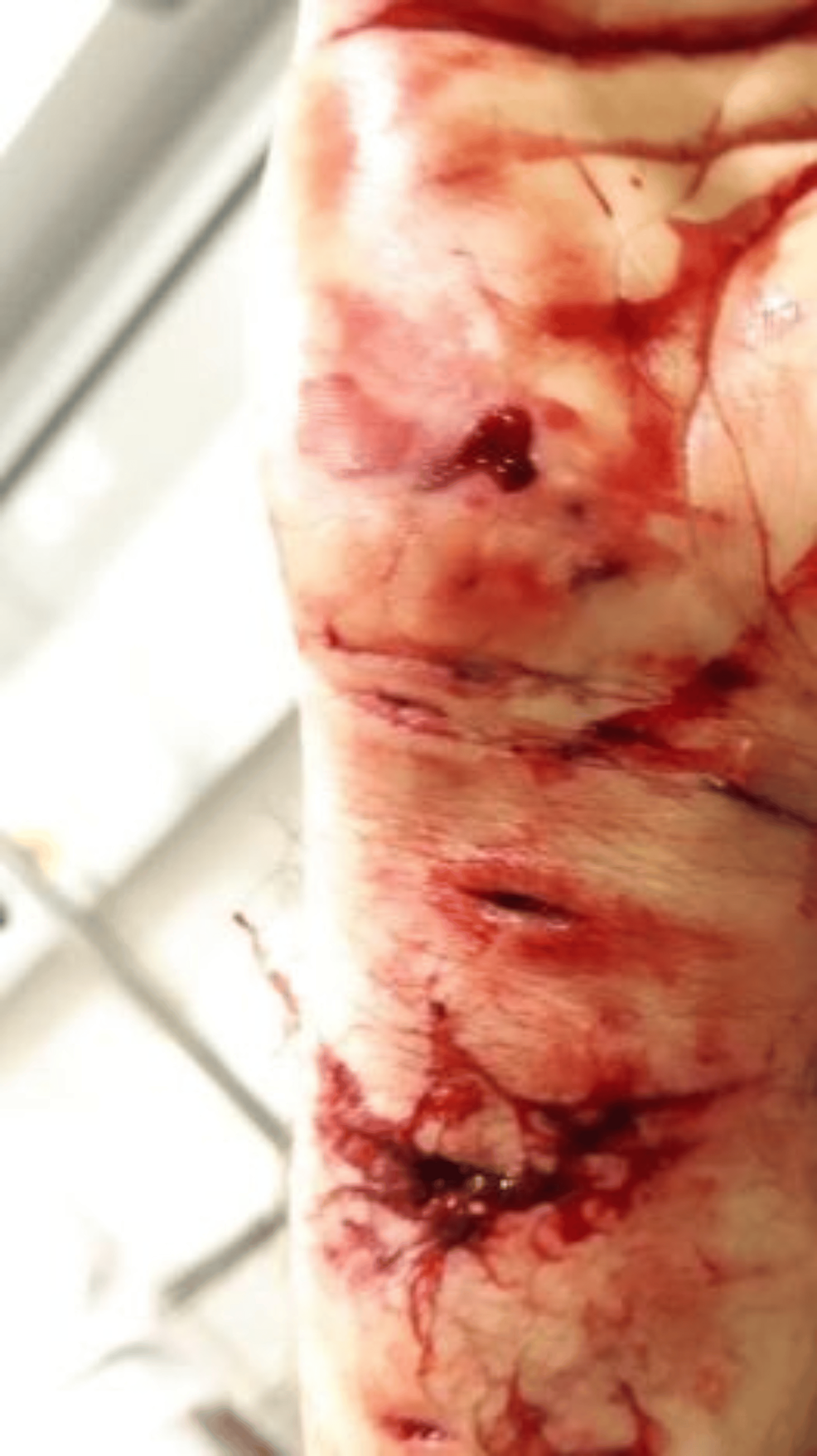
Credit: www.cureus.com
Frequently Asked Questions
What Are Common Signs Of A Dog Bite Infection?
Common signs include redness, swelling, warmth, and pain around the bite. Pus or discharge may appear, along with fever or chills.
How Soon Do Dog Bite Infections Appear?
Infections usually appear within 24 to 72 hours after the bite. Early symptoms include redness, swelling, and tenderness near the wound.
Can A Dog Bite Infection Cause Fever?
Yes, a dog bite infection can cause fever. Fever indicates the body is fighting the infection and needs medical attention.
When Should I See A Doctor For A Dog Bite?
See a doctor if the bite is deep, swollen, red, or painful. Also seek help if you develop fever or pus.
Conclusion
Dog bite infections often show redness, swelling, and pain around the wound. You might see pus or notice warmth in the area. These signs mean the infection needs care quickly. Treating a bite early helps stop serious problems. Clean the wound and watch for fever or spreading redness.
Seek medical help if symptoms worsen or do not improve. Knowing what to look for keeps you and your pet safe. Stay alert and act fast to protect health.

Emily Barker is the founder of ChillDogLife.com, a space dedicated to helping pup parents discover the best dog products, lifestyle tips, and cozy ideas for happier homes.
A lifelong dog lover, Emily combines her passion for pets with a knack for research to share trusted recommendations on everything from toys and furniture to health and everyday care.
Her goal is simple: to make life easier, stylish, and more joyful for dogs and the people who love them.
